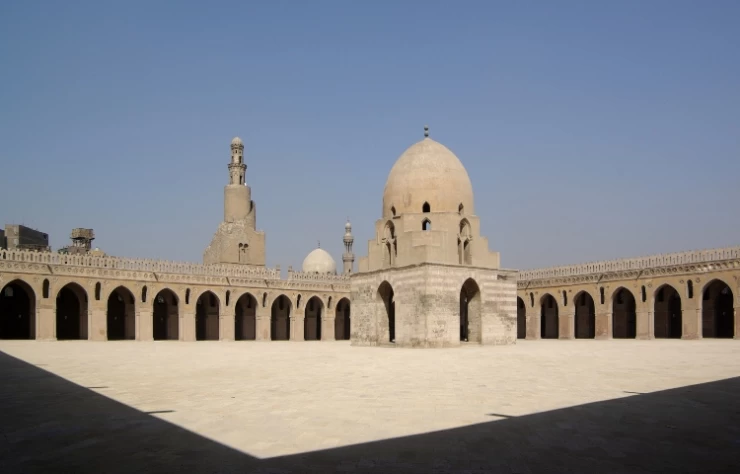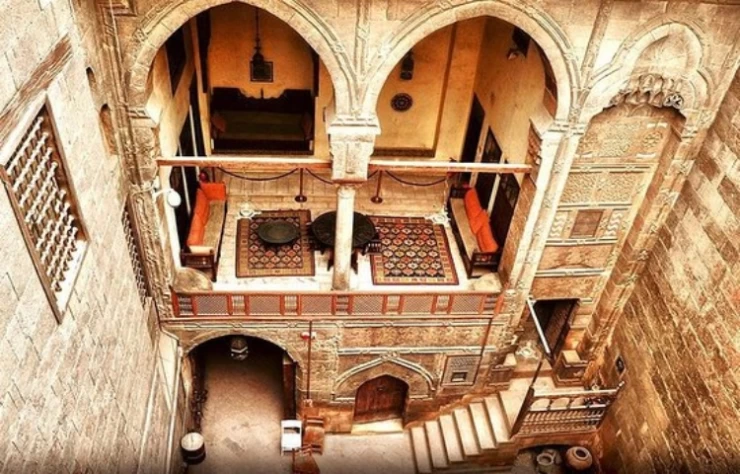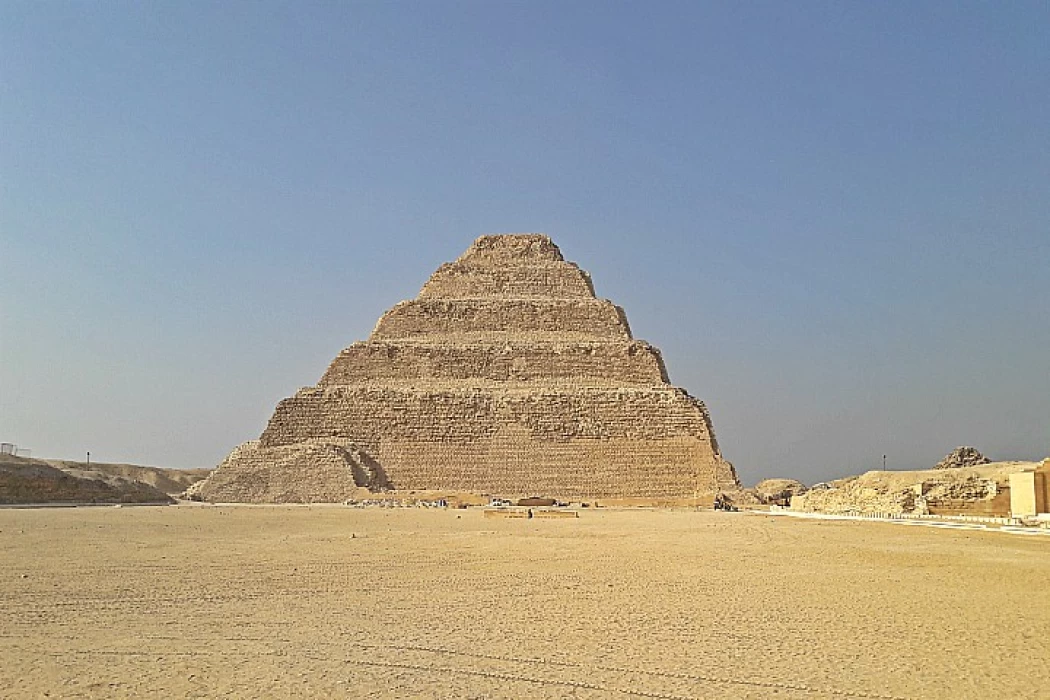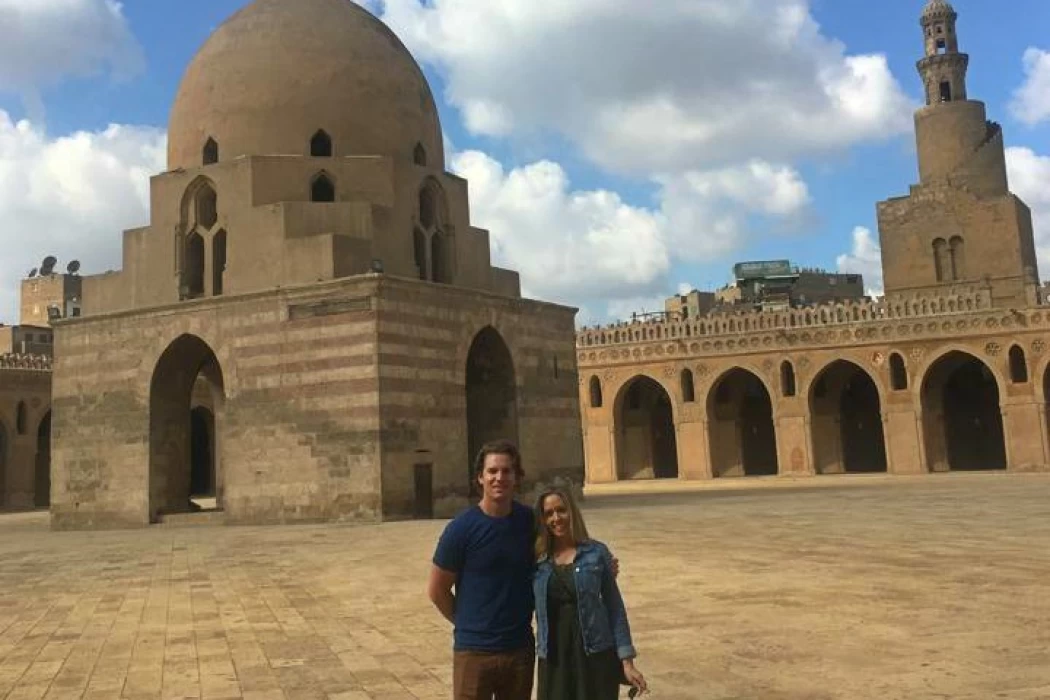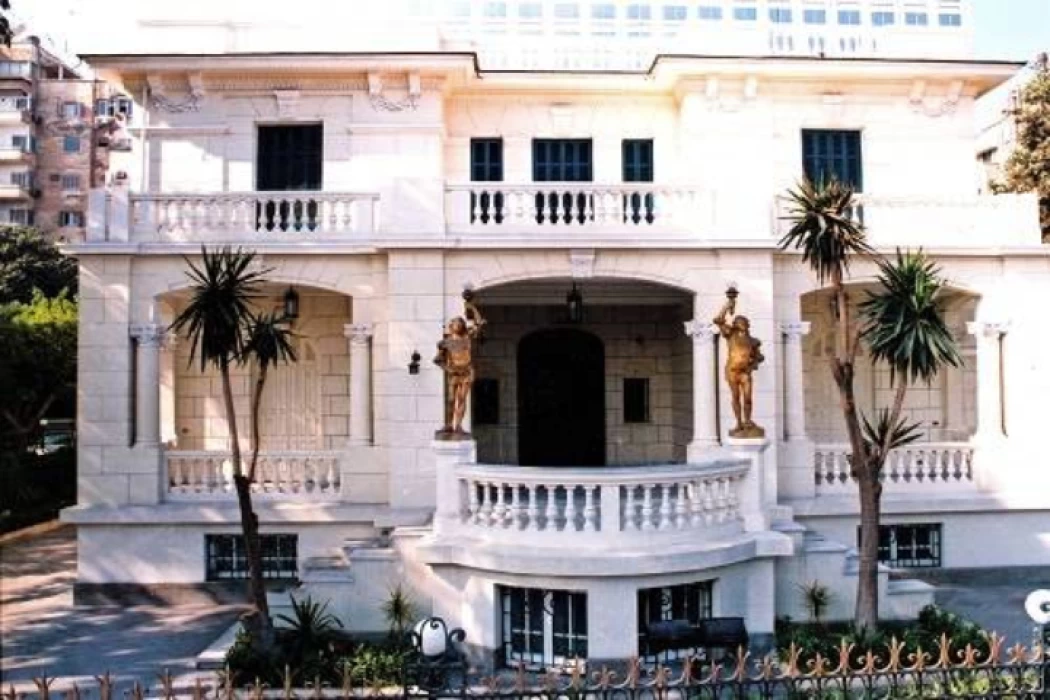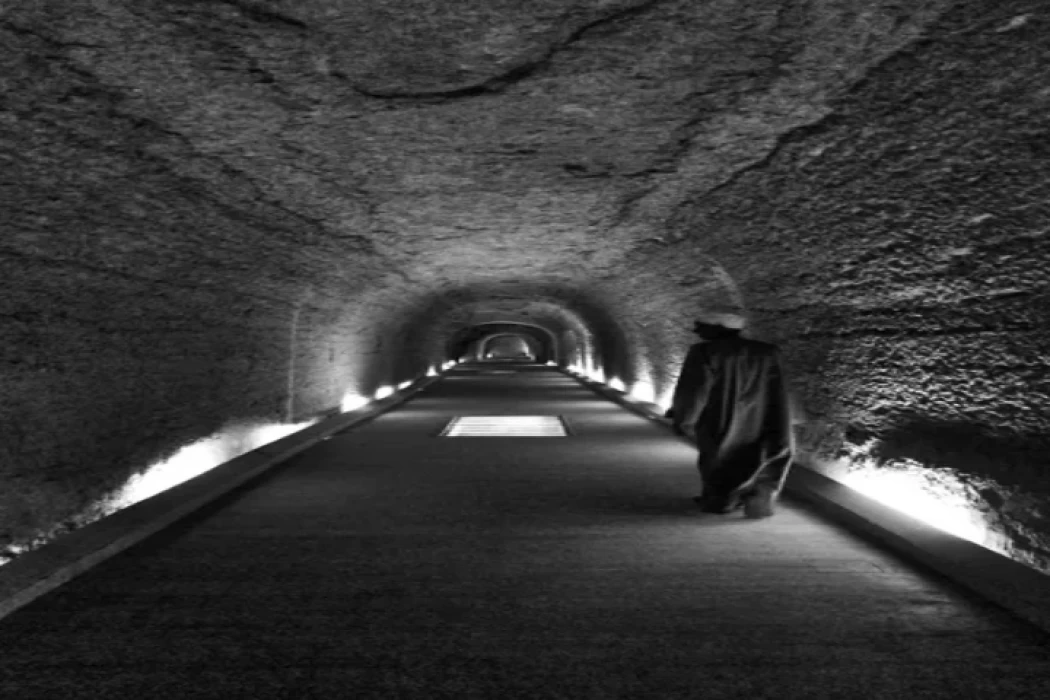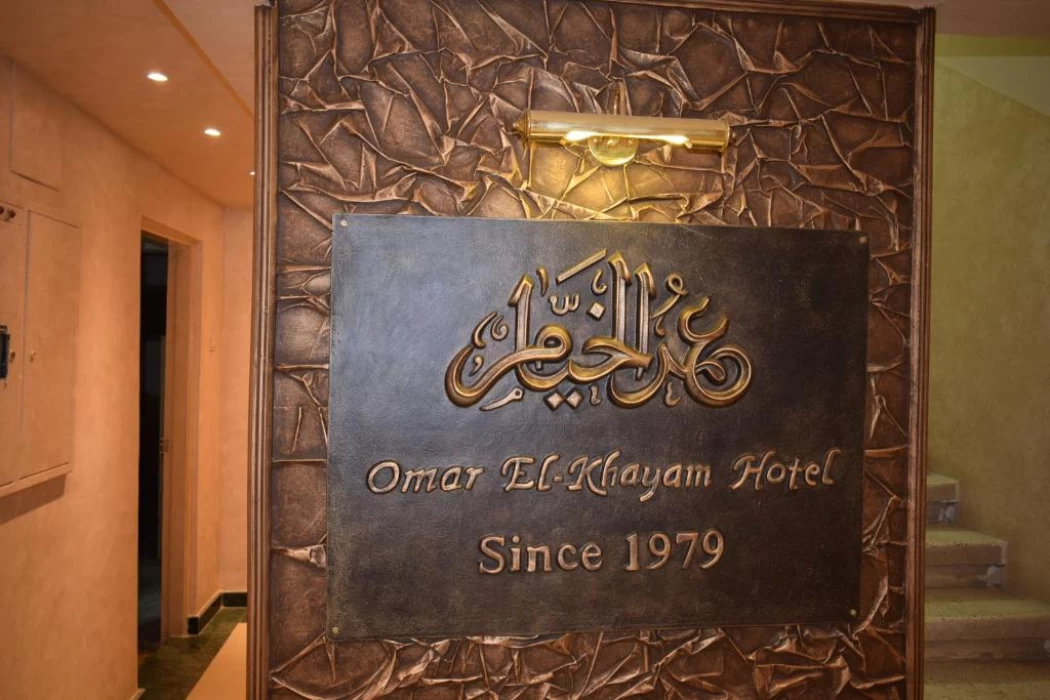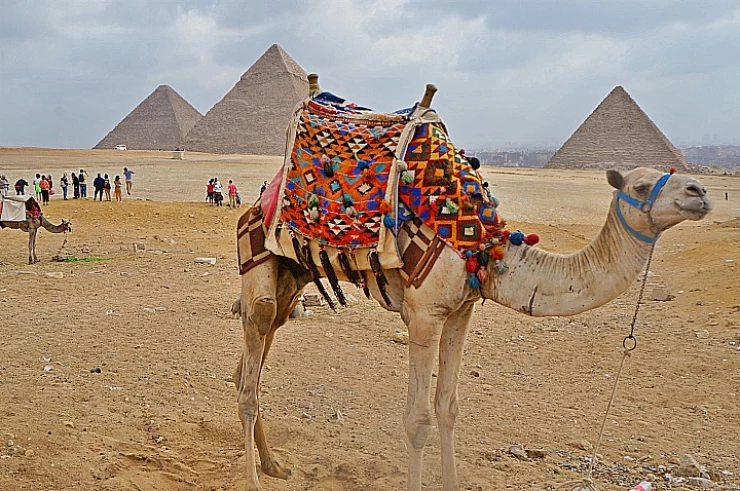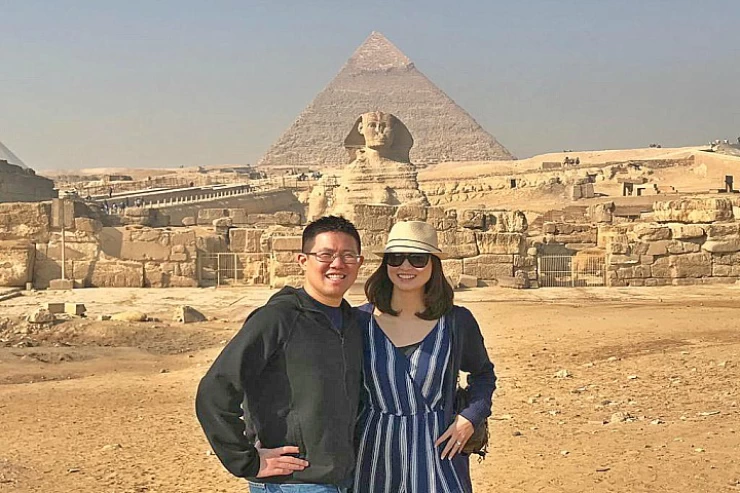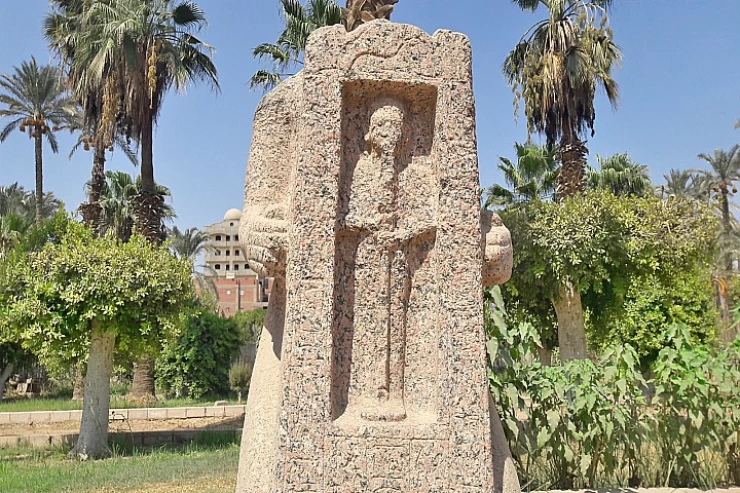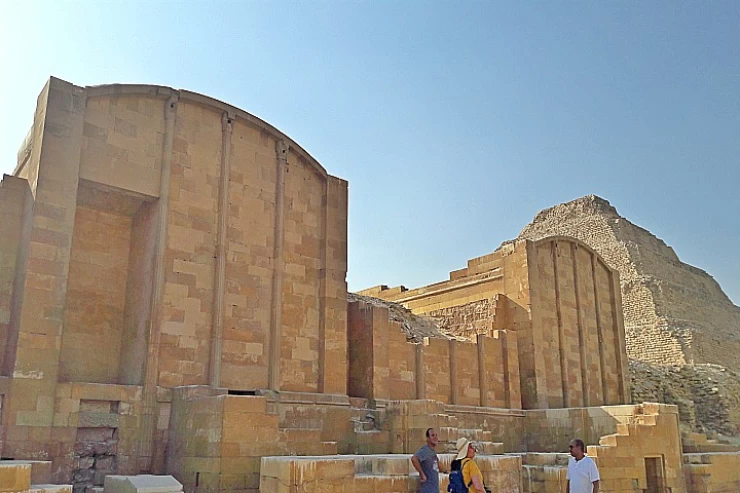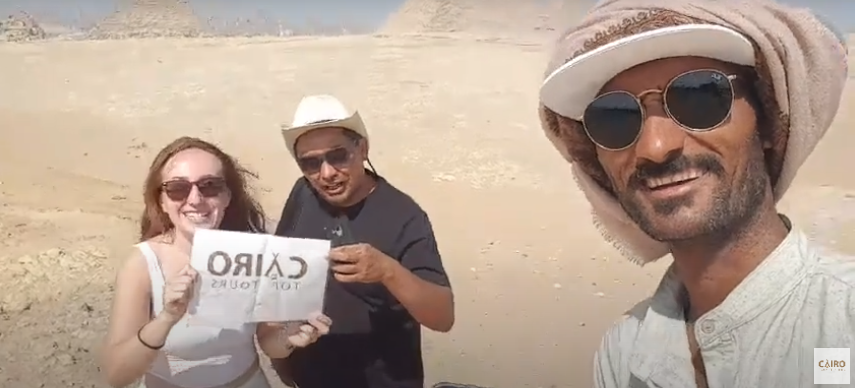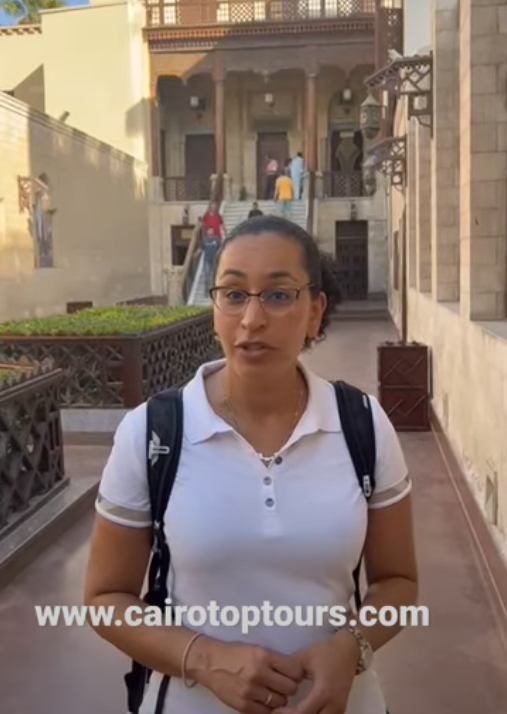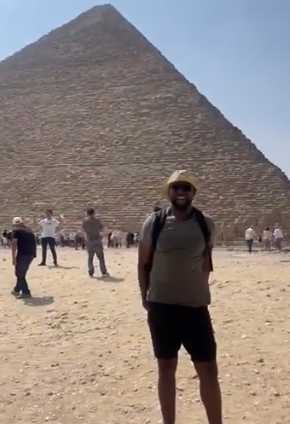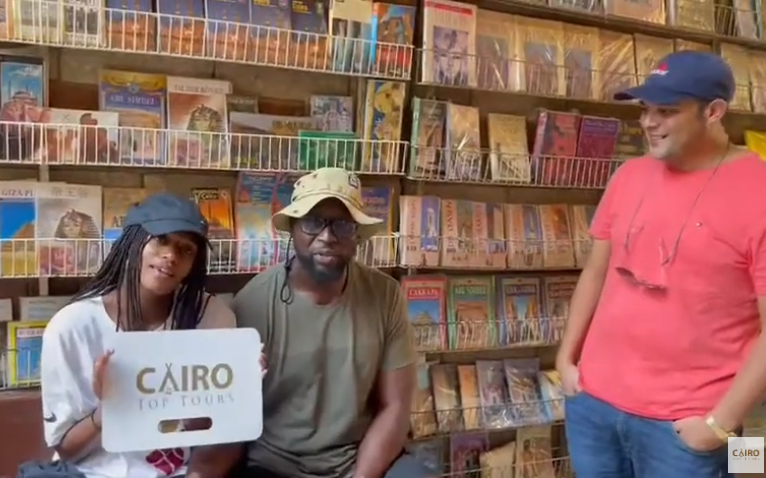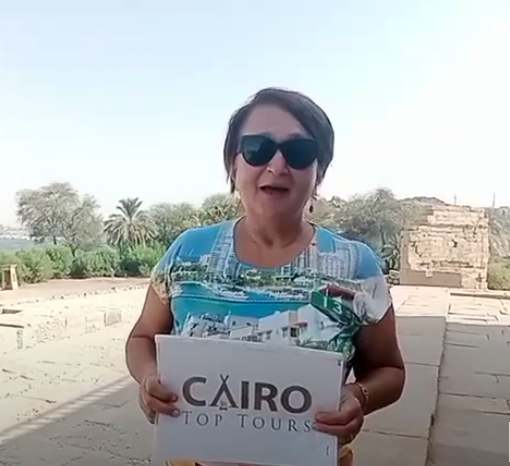Saqqara Day Tour including Ibn Tulun Mosque and Gayer Anderson Museum
Overview
Enjoy our wonderful Egypt tours of the Giza pyramids of Cheops, Chephren, and Mycerinus, the Great Sphinx in Giza which is in the form of a pharaoh's head and the body of a lion along with the great Valley temple of King Chephren, Memphis Necropolis.
When thinking of Egypt, the pyramids are undoubtedly the first thing that comes to mind during Egypt day tours. No other country in the world has structures as magnificent as those found there, and the pyramids are almost the only building that is associated with as many myths. Regarding the building's intended use and the construction method, researchers continue to disagree. We'll take you to learn more about the Great Pyramid of Giza, also known as Cheops Pyramid, the Pyramid of Khafre, also known as Chephren Pyramid, the Pyramid of Menkaure, also known as Mecerinus Pyramid, as well as the Great Sphinx of Giza. Greater Cairo, in the Arab Republic of Egypt, is where the Pyramids of Giza complex can be found.
Additionally, you will see during Egypt WheelChair Accessible day tour Saqqara (Egypt's Oldest Pyramid), the Step pyramid of Djoser, which is famous and draws many tourists to it during their Egypt Travel Packages. It is the oldest pyramid ever built among those attributed to Egyptian civilization. Saqqara Necropolis | Egypt Oldest Pyramid was a special place where the kings and queens of ancient Egypt were buried before the third dynasty. We'll also take you to the Ahmad Ibn Tulun Mosque, which is the oldest Islamic structure in Egypt, and then to the Gayer Anderson Museum.
You can have a fun adventure and learn a lot about Egypt by visiting The National Museum Of Egyptian Civilization (NMEC). It's like going back in time and exploring all the cool stuff there.
Enjoy our wonderful Egypt tours of the Giza pyramids of Cheops, Chephren, and Mycerinus, the Great Sphinx in Giza which is in the form of a pharaoh's head and the body of a lion along with the great Valley temple of King Chephren, Memphis Necropolis.
When thinking of Egypt, the pyramids are undoubtedly the first thing that comes to mind during Egypt day tours. No other country in the world has structures as magnificent as those found there, and the pyramids are almost the only building that is associated with as many myths. Regarding the building's intended use and the construction method, researchers continue to disagree. We'll take you to learn more about the Great Pyramid of Giza, also known as Cheops Pyramid, the Pyramid of Khafre, also known as Chephren Pyramid, the Pyramid of Menkaure, also known as Mecerinus Pyramid, as well as the Great Sphinx of Giza. Greater Cairo, in the Arab Republic of Egypt, is where the Pyramids of Giza complex can be found.
Additionally, you will see during Egypt WheelChair Accessible day tour Saqqara (Egypt's Oldest Pyramid), the Step pyramid of Djoser, which is famous and draws many tourists to it during their Egypt Travel Packages. It is the oldest pyramid ever built among those attributed to Egyptian civilization. Saqqara Necropolis | Egypt Oldest Pyramid was a special place where the kings and queens of ancient Egypt were buried before the third dynasty. We'll also take you to the Ahmad Ibn Tulun Mosque, which is the oldest Islamic structure in Egypt, and then to the Gayer Anderson Museum.
You can have a fun adventure and learn a lot about Egypt by visiting The National Museum Of Egyptian Civilization (NMEC). It's like going back in time and exploring all the cool stuff there.
Inclusion
- transportation from Giza or Cairo hotels and return by our representatives.
- Your transfers are done by an exclusive air-conditioned vehicle.
- All admission fees to all the sites as mentioned within the tour itinerary are included.
- English-speaking tour guide throughout your trips to Cairo.
- Bottle of mineral water or soft drinks during all our Cairo Day Tours.
- Any service charges and taxes of Egypt Day Tours are included during the Half Day Tour.
Exclusion
- Any extras not mentioned in the Cairo Trips program.
- Camel riding around Giza Pyramids.
- Tipping or gratitudes are not included during your Cairo Tours.
- Prices do not apply during Christmas and New Year tours in Egypt or Egypt Easter tours.
Itinerary
Our tour leader will meet you at Cairo International Airport with a signboard carrying your name. It's time to relax after a long flight you will be transferred to your hotel by an exclusive air-conditioned vehicle. At the hotel, our representative will assist you with a smooth check-in and revise your Pyramids, Ibn Tulun, Saqqara and Gayer Anderson Wheelchair Accessible Tour itinerary with you to verify and approve pick-up times for your Cairo day tours.
Your private tour guide will meet you after breakfast at your Cairo hotel to begin your Day Tours to the famous Giza Plateau, where you will see the Great Pyramid of Cheops, which is the only one of the seven man-made wonders of the ancient world that are still standing, as well as the pyramids of Chephren and Mycerinus, which were built by the ancestors of Cheops and Snefru, the founder of the 4th dynasty, the Great Sphinx and the mummification temple or also known as the Valley Temple facing the imposing statue, our visit to the plateau includes a panoramic view to have a scenery view and take the best photo session during the Giza pyramids tour together and have a camel ride in Giza Pyramids (optional activity).
Let's turn over to Saqqara Necropolis to see the Step pyramid complex and the world's first building made entirely of stone (Djoser Step Pyramid). The tour (does not include) the entrance to the Teti pyramid, which among the accessible pyramids has the most magnificent interior, and the Noble Tombs at Saqqara, which were constructed for the husbands of two of King Teti's daughters, to give visitors an understanding of daily life in ancient Egypt, with all of its activities depicted in writing and paintings on the walls and corridors of those 4,000-year-old tombs.
The Ahmad Ibn Tulun Mosque, one of the earliest Islamic structures in Egypt built in 879, will be our next stop. It is regarded as one of the hanging mosques and was constructed on a rocky peak called "Shukr" on Mokattam Mountain. It features Egypt's first spiral minaret.
But if you're curious, What did Ibn Tulun's mosque serve? It provided refuge for pilgrims heading from North Africa to the Hijaz in the 12th century. The grand congregational mosque served as the focal point of Al-Qata'i, the capital of Ibn Tulun and the seat of the Tulunid dynasty. When you visit this mosque, you'll see that it's a unique example of a mosque that survived the classical Islamic era.
finally, at the end of this Tour, you will visit Gayer Anderson an English officer who completed his medical studies in London and was appointed to the medical department of the English army in 1904, then he moved to the service of the English army in Egypt in 1907.
The museum was made up of two Ottoman-era houses from the sixteenth and seventeenth centuries that had been combined into one house. He exhibits his archaeological collection of artifacts from the Pharaonic, Islamic, and Asian eras in them, provided that the Egyptian people inherit the furniture and the artifacts after his passing or when he departs Egypt permanently.
finally, we will take you to your hotel in Cairo or Giza.
Price
| Number of Persons | Prices |
|---|---|
| 1 Person | $160 Per Person |
| 2 - 3 Persons | $110 Per Person |
| 4 - 6 Persons | $80 Per Person |
| 7 - 10 Persons | $70 Per Person |
Start from : $70
Check Availability

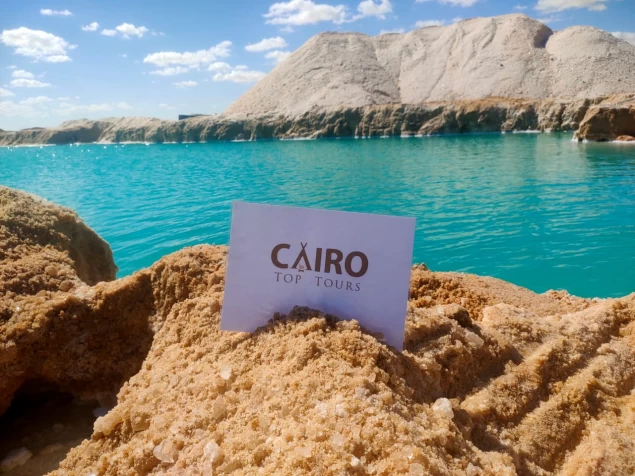
You Also May Like
Looking for something different? check out our related tour now, or simply contact us to tailor made your Egypt tour
Wheelchair Accessible Tour to Giza Pyramids and Sphinx
Explore the Pyramids of Giza in a wheelchair and learn about one of the world's most fascinating destinations. With our latest Wheelchair Accessible Tour to the Giza Pyramids and the Great Sphinx, a fascinating day trip from Cairo, you'll learn more about Egypt's history!
Wheelchair Accessible Egyptian Museum, Coptic and Islamic Cairo Tour
You will see the best monuments in the Egyptian Museum, Coptic Cairo city, and Medieval Islamic Cairo heritage with our Wheelchair Accessible Egyptian Museum, Coptic and Islamic Cairo Tour!
Wheelchair Accessible Tour to Giza Pyramids, Saqqara, and Memphis
A private wheelchair-accessible tour of the Giza Pyramids, Saqqara, and Memphis can be arranged. Visit the Steps Pyramid at Saqqara and Memphis, the first old Egyptian capital. One day in order to see some of Giza's major ancient sites, including the Great Pyramids at Giza.
Memphis, Saqqara, and Dahshur Wheelchair Accessible Tours
Enjoy a private day tour to the sites of Memphis, Saqqara and Dahshur from Cairo, visit Memphis, which was the capital of Egypt founded by King Menes, the necropolis of Saqqara, where the first step pyramid of Djoser in history, the red pyramid and the bent pyramid In Dahshur with Cairo Top Tours Wheelchair accessible tours!
Egypt Trips and Middle East Reviews
Egypt Tours has gained a lot of positive reviews from travelers who praise cheap Egypt tours as reflected in our social media accounts, TripAdvisor reviews, and YouTube videos. Customers love traveling through Egypt with expert guides who remain with them throughout their journey, vividly enlivening each site they visit, from Egypt to the Holy Land.
Egypt Tours is now bombarded with glowing comments and praises from travelers who appreciate our economical tours as seen for themselves on our social media pages, TripAdvisor reviews, and YouTube videos. Traveling through Egypt is just perfect for guests who are accompanied by our expert guides bringing history alive at each site visited by the tourist throughout the journey to the Holy Land.
As you can see from our social media accounts, Trip Advisor, and YouTube videos, Egypt Tours has received a lot of positive feedback from customers who love their low-cost tours of Egypt with our experts who accompany them everywhere in Egypt to show them the history of each site they visit during their tours of Egypt and the Holy Land. As you can see from our social media accounts, and YouTube videos, Egypt Day Tour has received a lot of positive feedback from customers who love their low-cost tours of Egypt with our experts who accompany them everywhere in Egypt to show them the history of each site they visit during their tours of Egypt and the Holy Land.
Egypt Tours FAQ
Read top Egypt tours FAQs
Touring Egypt offers a variety of options to suit different interests and travel styles. Here are some highly recommended options to consider:
Classic Egypt Tour:
- This type of tour typically covers iconic sites like the Pyramids of Giza, Sphinx, Luxor's temples, Valley of the Kings, and more.
- It provides a comprehensive introduction to Egypt's ancient history and culture.
Nile Cruise:
- A Nile River cruise offers a leisurely way to explore Egypt's historical treasures along the riverbanks.
- It's a chance to visit temples, monuments, and ancient sites while enjoying the comfort of a cruise ship.
Red Sea Beach Vacation:
- If you're seeking relaxation and water activities, consider a stay in Red Sea resorts like Sharm El Sheikh, Hurghada, or Marsa Alam.
- These locations offer stunning beaches, snorkeling, diving, and water sports.
Desert Adventures:
- For those interested in unique landscapes, desert adventures like camel trekking in the Sahara, camping under the stars, and exploring oases can be rewarding.
Cultural Immersion:
- Engage with local communities, visit traditional markets, and participate in workshops to experience daily life and local customs.
Yes, Cairo Top Tours offers the option to customize your own Cairo Day Tour based on your specific interests and preferences. This is a great way to ensure that your tour aligns with the places and experiences that matter most to you.
Wheelchair users may encounter certain limitations or restrictions during the tour, despite all efforts being made to ensure accessibility. Wheelchair users may encounter difficulties at certain locations, including as Saqqara and the Ibn Tulun Mosque, due to their uneven terrain or staircases. To make sure the right accommodations are made, it is recommended to speak with the tour operator in advance about your unique needs.
In Cairo, there is a special place where people who practice the Islamic religion go to worship. It's called the Ibn Tulun Mosque, and it looks different from other old mosques because it has special designs made with piers instead of columns.
In Cairo today, there is a special place where people of the Islamic religion go to pray. It's called the Ibn Tulun Mosque, and it looks different from other mosques because it has piers instead of columns. This makes it stand out and be unique.
Architecture: The museum is made up of two medieval homes with elaborately carved wooden screens, exquisite tile work, and elaborate courtyards that are typical of traditional Islamic architecture.
Cairo Top Tours Partners
Check out our partners
